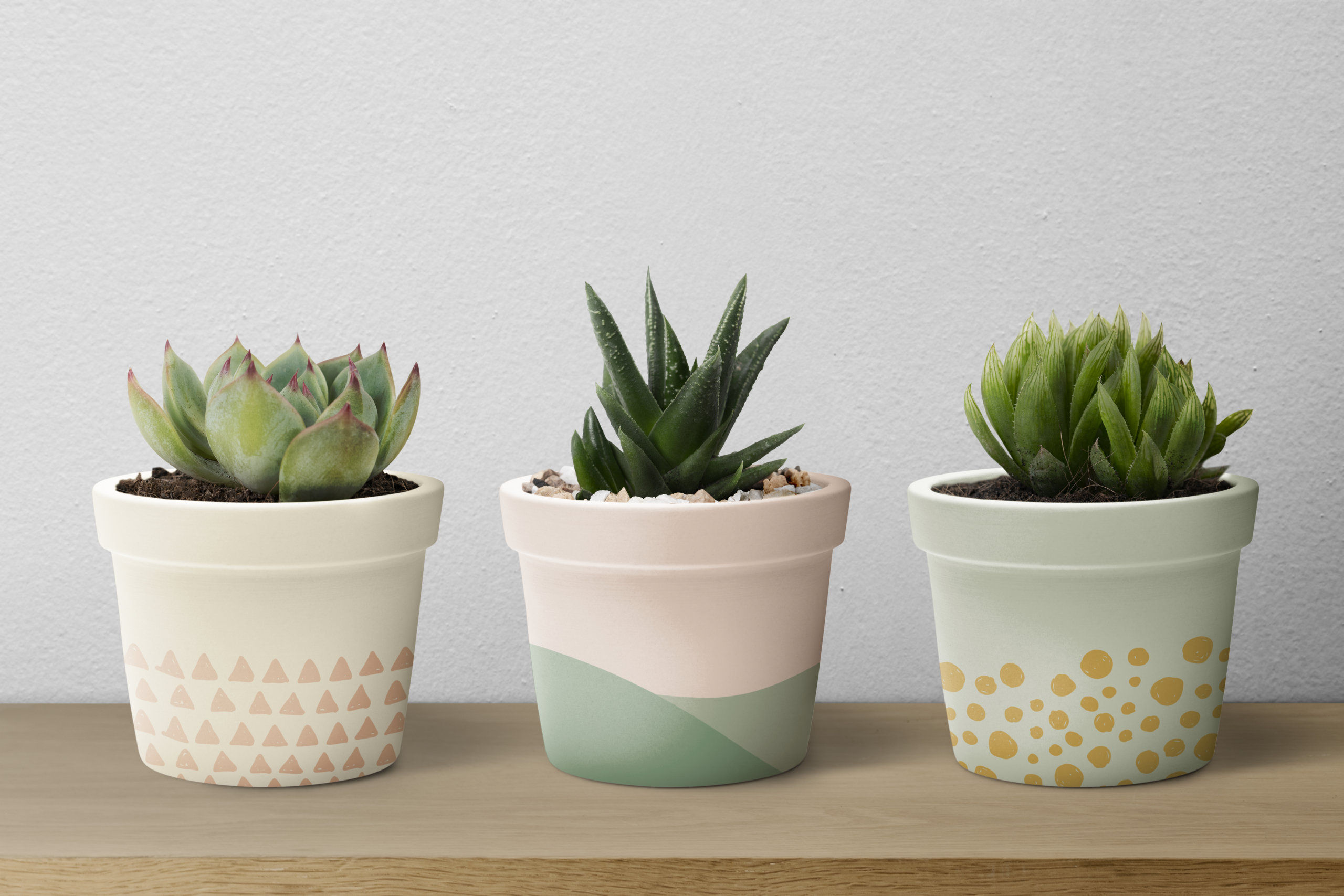Summer Heat Care for Succulents
Taking care of succulents in summer heat can be a challenge, even though these plants are known for handling dry conditions. To keep your succulents healthy during hot months, you need to protect them from too much sun, manage watering, and make sure they have the right soil and airflow. Without the right steps, your plants can become sunburned, dried out, or develop root rot.
If you want your succulents to survive and look their best, learning simple summer care tips is key. This article will help you shield your succulents from heat, prevent common problems, and keep them thriving all season long.
Essential Summer Heat Protection for Succulents
Succulents can get stressed in high summer temperatures, especially with intense afternoon sun or dry conditions. Giving proper care can prevent sunburn, heat damage, and water loss.
Managing Sun Exposure and Shade
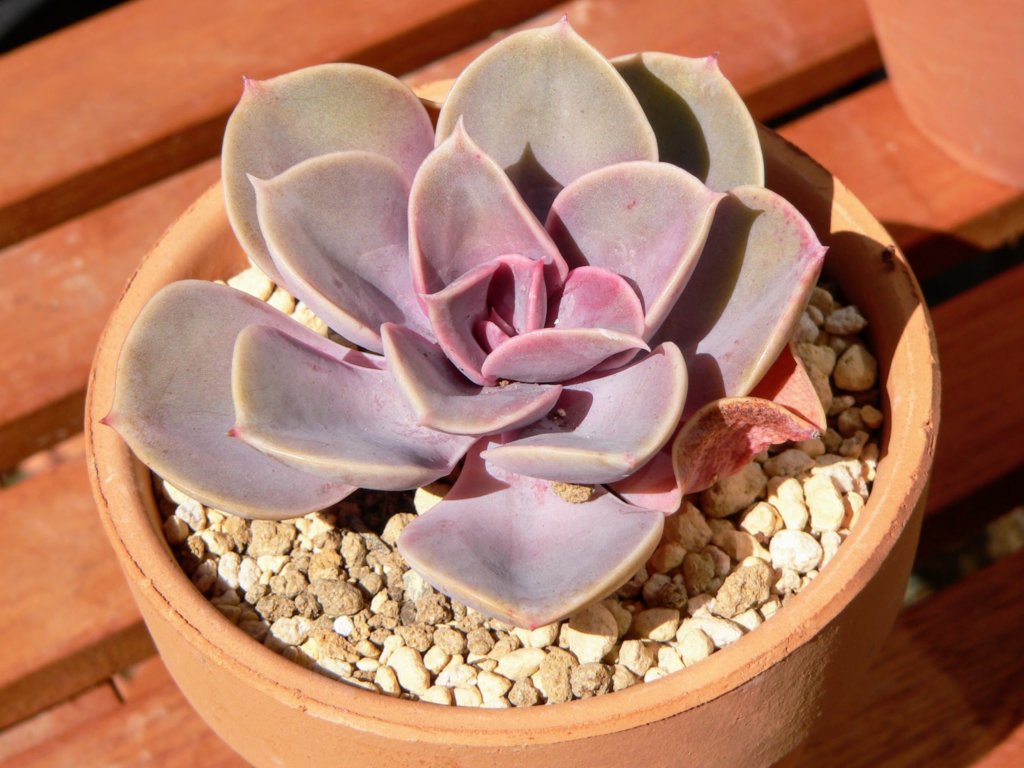
Too much direct sunlight, especially in summer, can scorch your succulents. Many types, like echeveria, need bright light but may burn if left in the intense afternoon sun. Move pots to spots where they only get morning sun.
If your plants are outside, use shade cloths or bring them under a patio. Indoors, place them near east- or west-facing windows rather than south-facing ones. This will cut down on harsh light and heat.
Rotate plants once each week to give all sides even exposure. Watch for signs of sunburn, such as brown or white spots, and act quickly if you see them.
Choosing the Right Location
Where you place succulents in summer makes a big difference in how well they do. Avoid leaving them on hot concrete or asphalt, as heat from the surface builds up and can stress your plants. Pick a location that gets good airflow and some filtered sunlight.
If possible, keep them away from areas that trap heat, like against walls or fences. Ledges and windowsills that get very hot in the afternoon can also cause trouble. For echeveria and similar species, a covered porch or a place with natural dappled shade is ideal.
Planting in porous pots, such as terracotta, can help soil dry faster and cool roots. Some gardeners place a tray of pebbles and water near succulents to improve humidity.
Recognizing Heat Stress Symptoms
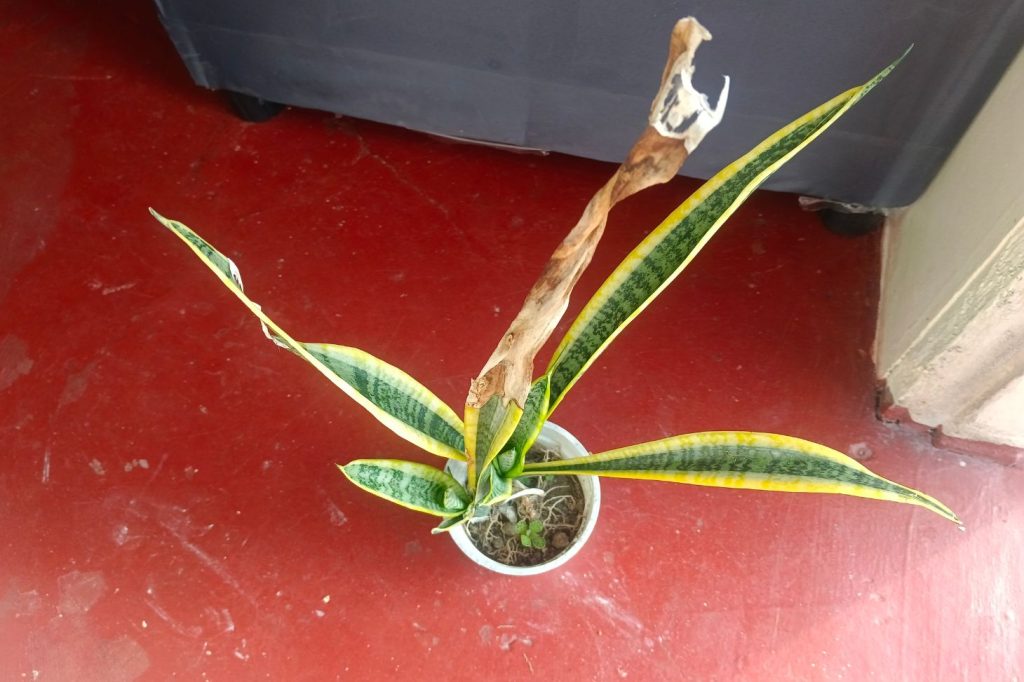
Succulents in summer may show stress in several ways. Common signs include color fading or sunburn marks (white or brown patches on sun-facing leaves). For example, echeveria may develop dry brown spots or leaves may drop off suddenly when overheated.
Check for shriveling, which often means the plant is losing water faster than it can take it up. Sunburn usually looks like bleached white or rusty patches on leaves, especially on the side facing the sun.
If you spot these symptoms, move the plant to shade and stop fertilizing for a while. Limit watering until the soil fully dries, then resume slowly to prevent further shock. Regular checks can help you catch problems early and protect your succulents from lasting damage.
Optimal Watering and Soil Practices
Succulents need special care during the summer because heat causes water to evaporate faster. Using the right watering routine and soil mix helps prevent root rot and keeps your plants healthy.
Adjusting Watering Frequency
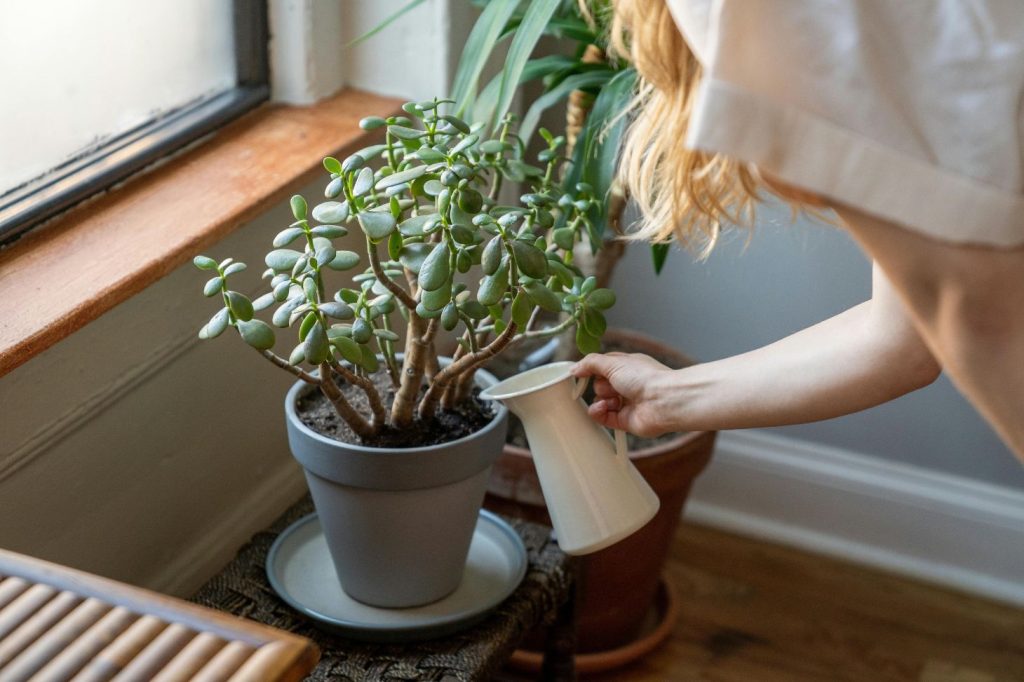
In hot weather, your succulents will need water more often than usual. Most outdoor succulents should be watered about once a week when temperatures are high. If your plants are inside or in a greenhouse, check the soil every few days to avoid letting it stay dry for too long.
The key is to let the soil dry out completely between waterings. Stick your finger into the soil to check its moisture. If the soil is still damp, wait a day or two before watering again. This simple habit prevents overwatering and reduces the risk of root rot, which thrives in wet soil.
Best Times to Water in Hot Weather
The best time to water succulents is early morning or late evening. When you water during these cooler periods, less water evaporates and your plants have a chance to absorb moisture before the heat sets in. Avoid watering during the hottest part of the day because the water can heat up and harm the roots or leaves.
Water slowly at the base of your succulents and make sure the water reaches the deepest roots. Use a gentle stream or soaker, not a spray, so you avoid splashing water on the leaves. Wet leaves in direct sunlight can develop spots or even burn.
Selecting Well-Draining Soil Mixes
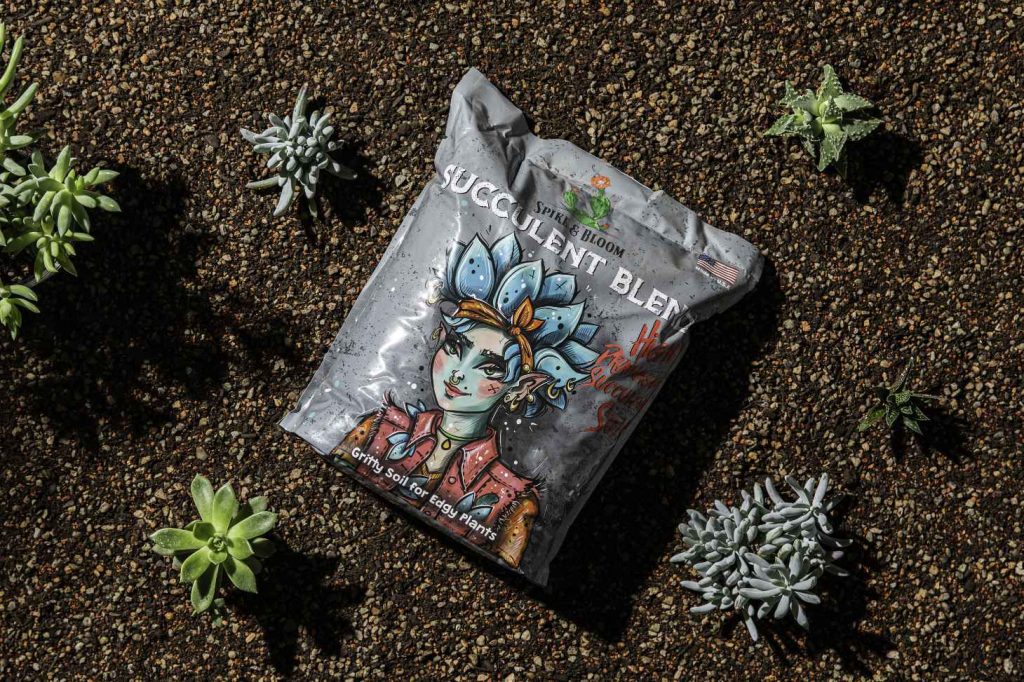
Fast-draining soil is extremely important for summer care. Use a succulent soil mix that contains sand, perlite, or pumice. These ingredients allow extra water to drain quickly and provide air to the roots.
A simple recipe is:
- 3 parts potting soil
- 2 part coarse sand
- 1 part perlite or pumice
Avoid heavy garden soils or mixes that hold lots of moisture. A well-draining mix lowers the chance of water sitting around the roots, making root rot less likely. Repot your succulents if you notice poor drainage or soggy soil that stays wet for more than a day.
Frequently Asked Questions
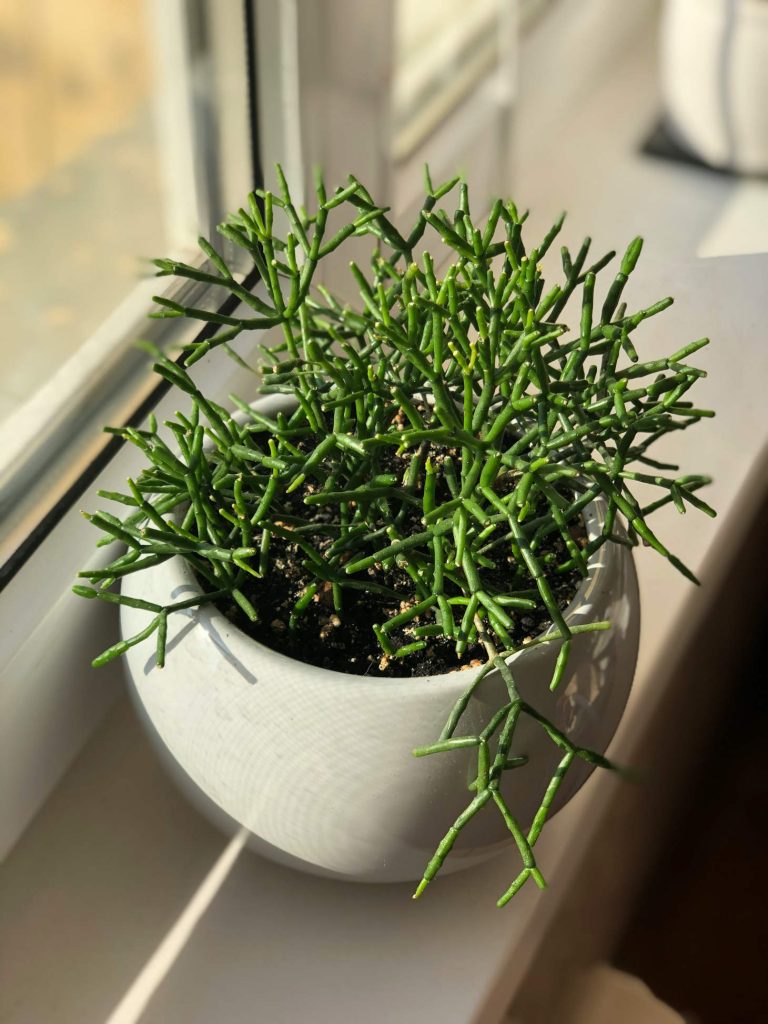
Succulents react differently to heat depending on their species and outdoor conditions. Paying attention to signs of stress, irrigation needs, and sun exposure can help keep your plants healthy in summer.
How often should I water succulents during extreme summer temperatures?
Water your succulents only when the soil is completely dry. In most summer climates, this is about once per week, but hot and dry areas may require more frequent checks. Avoid watering on a set schedule; instead, test the soil with your finger or a moisture meter before adding water.
What are the signs of sunburn in succulents, and how can it be treated?
Sunburn in succulents appears as white, brown, or black patches on the leaves. These areas may feel dry or crispy. If you notice sunburn, move the succulent to a spot with filtered sunlight or partial shade. Damaged leaves will not recover, but new growth can emerge healthy if sun exposure is managed.
Which types of succulents are most resistant to high heat and full sun exposure?
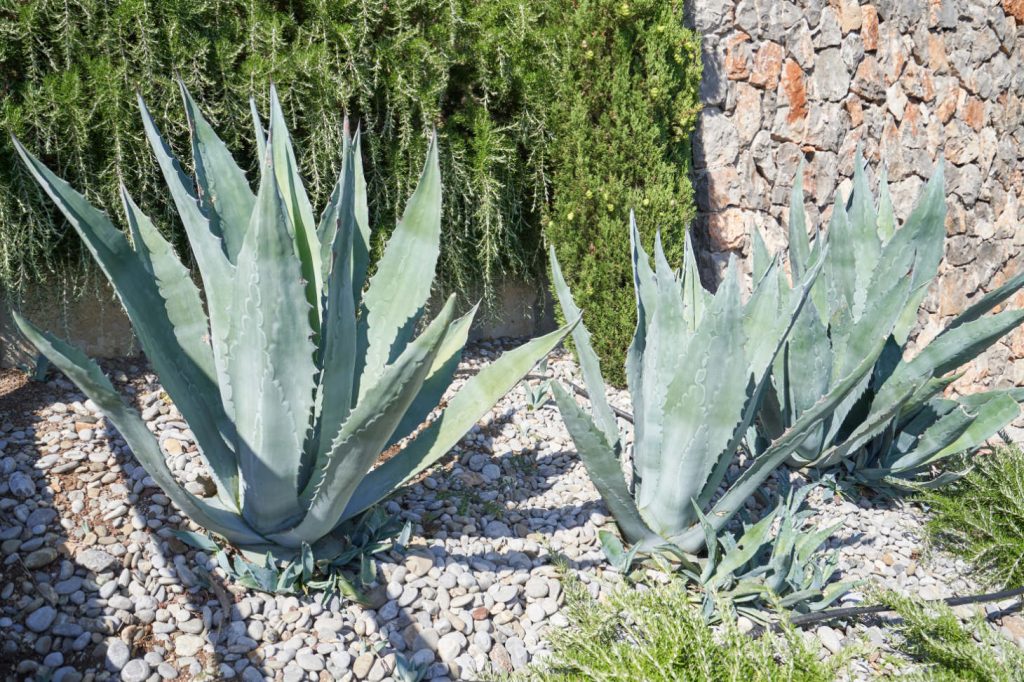
Some succulents can handle high temperatures and direct sun better than others. Agave and Sedum varieties generally perform well. Certain types of Aloe and Echeveria can tolerate heat, but some may need protection from intense afternoon sun to prevent stress. Look for plants native to desert regions if you need tough, sun-loving succulents.
At what temperature should I start to worry about heat damage to my succulents?
Succulents begin to suffer heat damage when temperatures rise above 90°F (32°C), especially if the air is still or humid. Some species can tolerate even hotter conditions for short periods. When it stays hot overnight, risk increases, so take action if daytime highs regularly exceed this limit.
How can I protect my succulents from heatwaves and prevent heat stress?
During heatwaves, use shade cloth, move potted succulents to cooler spots, or bring them indoors. Increase airflow around plants by spreading them out, and water early in the day to limit stress. Avoid fertilizing or repotting during extreme heat to reduce recovery demands.
What are the best practices for positioning succulents outdoors during the summer months?
Place succulents where they get morning sun and afternoon shade, especially in hot climates. Use patio umbrellas, shade cloth, or trees for extra protection. Keep pots off hot surfaces like concrete that store and reflect heat, and make sure containers drain well to prevent root rot.

